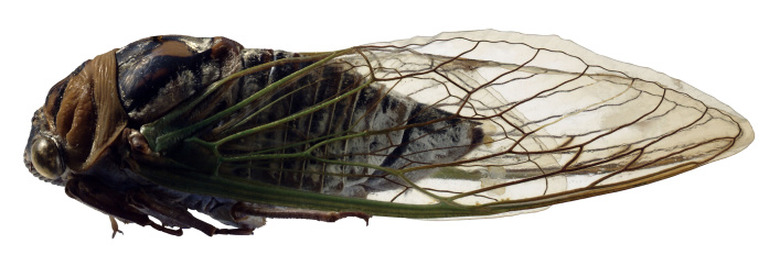What Are Sand Hornets?
More commonly known as eastern cicada killers, sand hornets are a kind of wasp that prey on cicadas. The name "sand hornet" is only used in North America, and refers specifically to the cicada killers that reside east of the Rocky Mountains and south into Mexico and Central America.
More commonly known as eastern cicada killers, sand hornets are a kind of wasp that prey on cicadas. The name "sand hornet" is only used in North America, and refers specifically to the cicada killers that reside east of the Rocky Mountains and south into Mexico and Central America. Sand hornets live synchronously with cicadas, and play the part of natural pest control for the insects.
Appearance
Sand hornets vary in size from .6 inches to almost 2 inches long, placing them among the largest wasps in the United States. They are generally red and black in color with yellow stripes on the abdominal region, giving them an appearance that resembles the European hornet.
Gender Differences
Female sand hornets are generally larger than their male counterparts, and have the ability to sting. Their sting is used almost solely to paralyze cicadas, which they then take to a burrow in the ground. Male sand hornets' only real purpose is to breed with the females. On average, male sand hornets live for two weeks while their female counterparts live for four.
- More commonly known as eastern cicada killers, sand hornets are a kind of wasp that prey on cicadas.
- Their sting is used almost solely to paralyze cicadas, which they then take to a burrow in the ground.
Life Cycle
The life cycle of a sand hornet begins as an egg that has been laid on a cicada in a burrow. The egg hatches one to two days after being sealed in the burrow, and feeds on the cicada for energy. The grub will then weave a cocoon where it will spend the winter before pupating in the spring. Sand hornets then hatch in July or August and dig their way to the surface where they live for two to six weeks before dying.
Habitats
Sand hornet burrows can be found in almost any setting but oftentimes reside in the grass of yards. Since cicadas do not have large central nests but instead spread themselves over large areas, they are hard to eliminate with pesticides. Even if they are temporarily eliminated, cicadas — and sand hornets — are likely to reappear the following year.
- The life cycle of a sand hornet begins as an egg that has been laid on a cicada in a burrow.
- The grub will then weave a cocoon where it will spend the winter before pupating in the spring.
Interaction with Humans
Sand hornets pose no real physical threat to humans. Females can sting, but will only do so if stepped on or forcefully grabbed.
